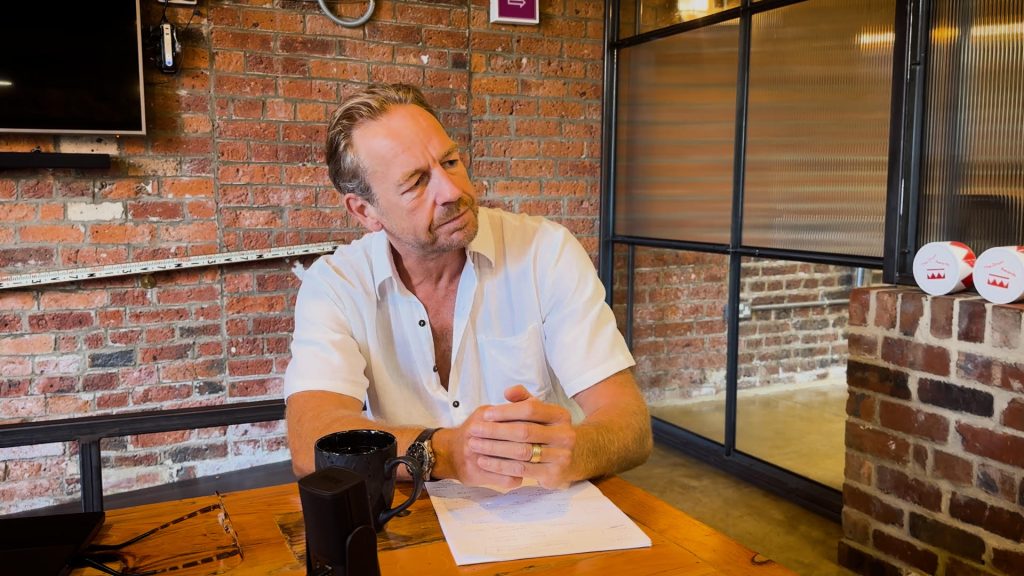Design isn’t universal. That might sound odd, especially when we’re surrounded by global brands that look and feel the same everywhere.
But the truth is, how people see design –and how they respond to it – is deeply cultural.
In our latest podcast, we sat down with Steve McGinnes, author, strategist and Aire Globals chief provocation officer to talk about why culture needs to come first in design conversations.

Whether you’re designing packaging, a product or a user interface, ignoring cultural context is a fast track to a missed opportunity (or a full-blown disaster).
Here’s what we took away.
- Design is always interpreted – and never in a vacuum
You might think you’ve created something that’s “clean” or “modern”. But clean to whom? Modern compared to what?
In the West, minimalism might signal premium. In other cultures, it can come off as lazy or unfinished. Your design doesn’t just sit there – people bring their own expectations and associations to it. And those vary wildly.
- What works in one market might tank in another
Steve shared stories about brands launching into new territories with confidence – and then falling flat. Not because the product was bad, but because the design didn’t connect.
Colour meanings, typography, even how people interact with space on a screen – it’s all up for interpretation. If you’re designing for a global audience, context isn’t optional. It’s essential.
- Local insight beats assumptions every time
The smartest brands don’t just ‘localise’. They collaborate with people who live and breathe the culture they’re designing for. They ask questions, they test early, and they know when to let go of what “looks right” back home.
Design can still be bold, clever and distinct – but only if it speaks the right language. And that means more than just translation.
- If you want to connect, you have to care
This isn’t about ticking boxes. It’s about empathy. If you want people to love what you make, understand where they’re coming from. Design is about communication – and you can’t communicate if you’re not listening first.
Watch the full episode
We cover all this and more in our latest podcast episode with Steve McGinnes – packed with real-world examples, sharp thinking, and the occasional cultural faux pas.
